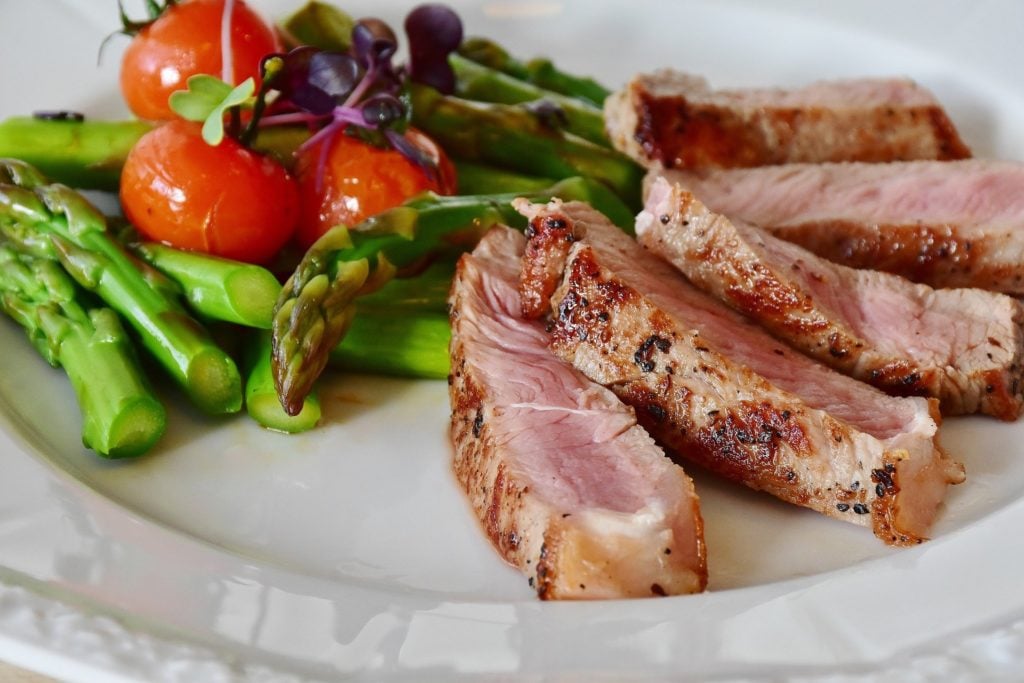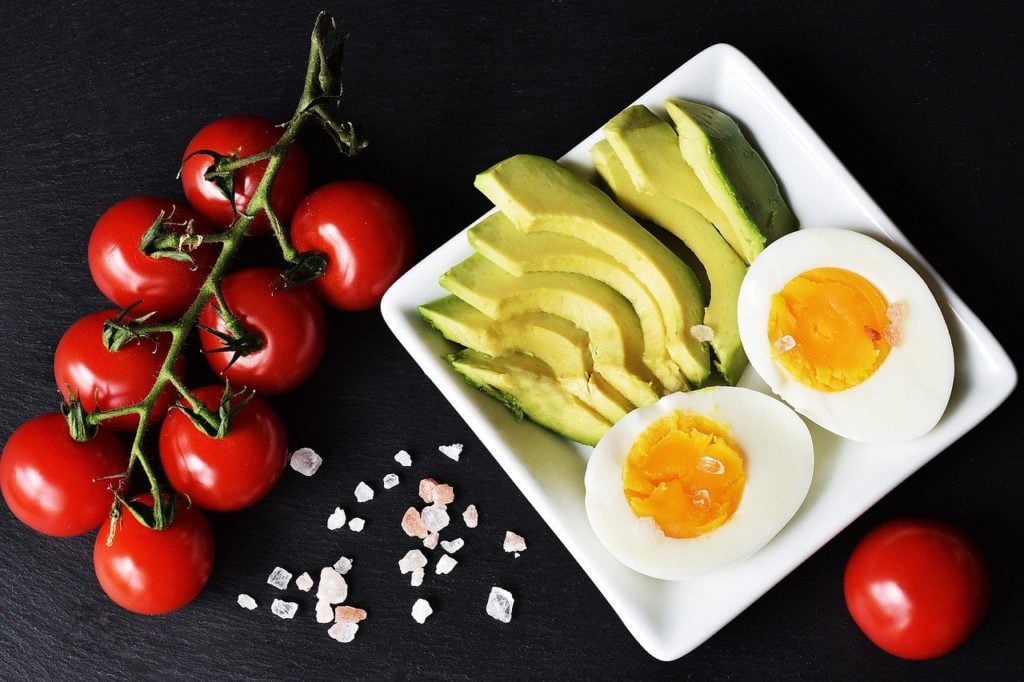A low-carb diet is typically a diet that allows you to consume high protein and lower carb meal plans. While there are some popular low-carb diet plans out there, you can easily try to do a low-carb diet with simple meal planning and preparation.
Generally speaking, a low-carb diet could cause weight gain in the early transition stages with weight loss coming secondary. Whereas a low-fat diet would help you lose weight sooner while you’re attempting to adjust to a low-fat diet.
One of the more popular low-carb diets that almost everyone is taking advantage of is the keto diet plan. This involves eating high fat, such as healthy fats, and low-carbs. Many people have opted for this low-carb diet plan due to the ease of meal planning.

Below are some of the most popular ways that people opt to go with a low-carb diet. This list should inspire you to find a low-carb diet plan that works for your needs, goals, and eating habits.
Traditional Low-Carb Diet
The term for this popular way to do a low-carb diet is referred to as carb-restricted diet or low-carb diet. Whatever you call this traditional way to eat healthier, it involves mixing things up a bit with your current meal planning.
You’ll take a look at what your carb intake should be based on what your ultimate goals are. If you want to want to maintain weight or work on weight management combined with high-energy fitness programs then you may opt to consume 100-150 grams of carbs per day. For more slow or steady weight loss goals, you’ll opt to eat 50-100 grams of carbs daily. Finally, if you want to lose weight fast, then you might go with a lower-carb diet plan of only 50 grams or fewer carbs per day.

Ketogenic Diet (Keto Diet)
Most people refer to this diet as the keto diet and as we stated above, it’s one of the more popular low-carb diet plans lately. The goal of this diet is to force your body into ketosis. This is when your insulin levels will go to a very low state and your body will start pushing out fatty acids from its fat stores to try to offset this decreased insulin.
Many of the fatty acids that are released will go to your liver and turn into ketones. The ketones are little molecules that can cross the blood-brain stream barrier thus providing you with energy. This starts the process of your brain relying on ketones for energy and strength instead of carbs. This diet was originally used to help children with epilepsy who weren’t able to take medications to treat the condition.
You’ll find that the ketogenic diet tends to be low in protein, as well, because too much protein will curb the number of ketones created. Although the keto diet involves high-protein and high-fat foods, people will lower the protein intake to help keep the ketones working properly.

Low-Carb Paleo Diet
Another popular way to do a low-carb diet is the low-carb paleo diet plan. The paleo diet involves eating foods that our ancestors, such as the cavemen, ate. Paleo dieters consume any food that was readily available before the industrial age.
While the paleo diet isn’t typically labeled as a low-carb diet, it tends to be low-carb in practice. With an emphasis on meat, fish, seafood, eggs, vegetables, fruits, and other “from nature” types of foods, it naturally becomes one of the more popular low-carb diet plans. You won’t eat any processed foods while on the low-carb Paleo diet and if you’re looking into a popular low-carb paleo diet plan by name, then check out the Primal Blueprint diet.
All of these popular ways to do a low-carb diet will help you achieve better health, more energy, and a stable metabolism over time. Whether you opt to go with the traditional low-carb diet, the ketogenic diet, or the low-carb paleo diet, we’re confident these choices will help you determine what direction you wish to go in with your weight loss goals this year.